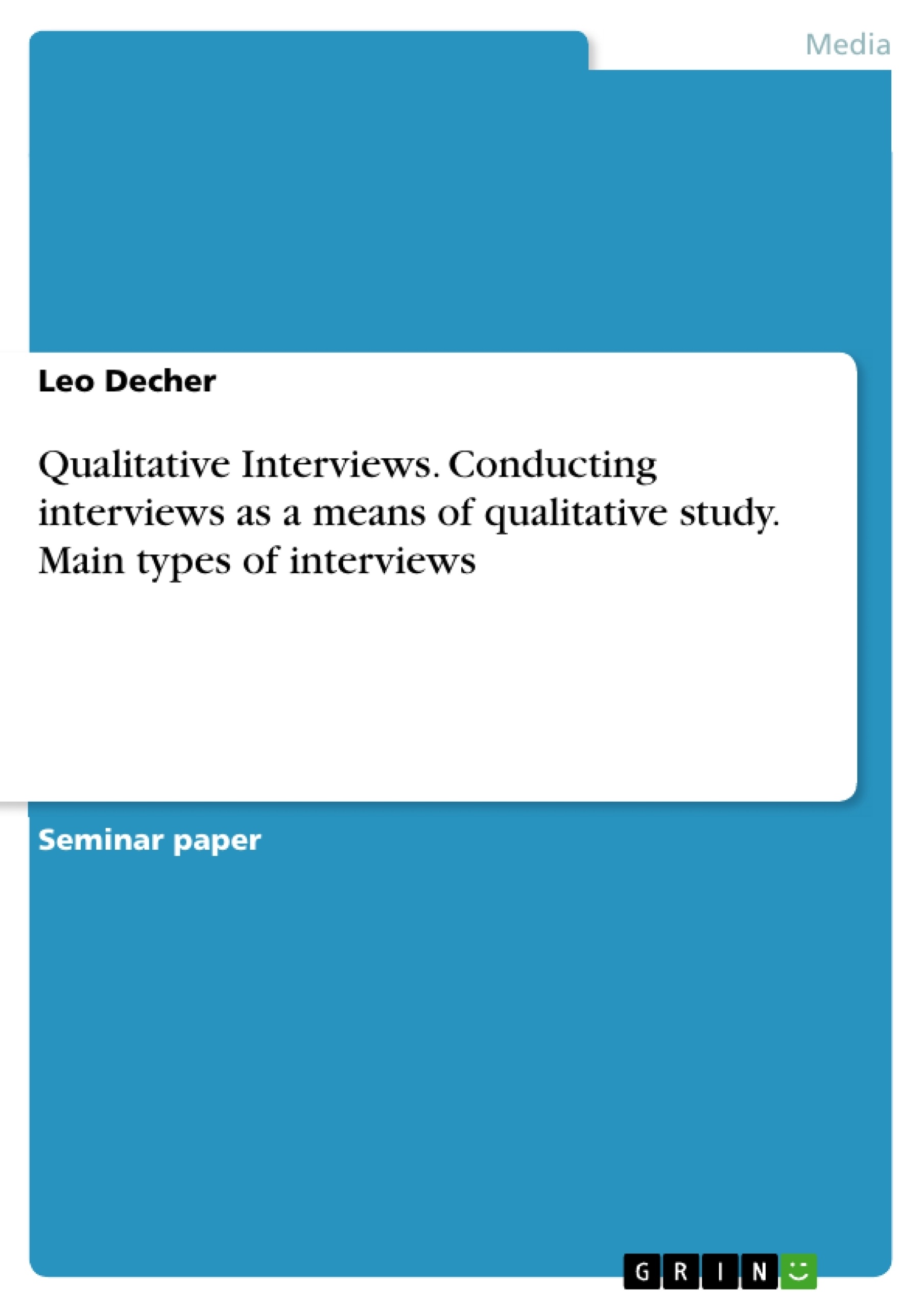With regard to educational income and school development technological progress offers increasing possibilities in the fields of knowledge transfer and classroom management. This is especially reflected in so called ‘iPad classes’ that were initiated at the ‘Realschule’. Those classes are part of a pilot experiment in the Bavarian mainstream system. According to the school’s website the desired advantages are, amongst others, fast availability in group work periods, reinforcing medial competence, individual learning and quick access to educational contents from the internet. I came to visit such classes during my first student internship in 2013. Now that a couple of years have passed I aim to find out in how far teachers and pupils think that it had been a good choice for them to take part in this project. Therefore, I am going to conduct interviews with both a participating teacher and two students. The interviews will cover advantages and disadvantages that come to the interviewees’ minds concerning the daily use of tablet computers at school as well as ideas the respondents have to keep improving the educational contact with innovative learning tools such as iPads. This research will be prepared, conducted and evaluated on a qualitative level.
Index
1. Introduction
1.1. The Aim of this Term Paper
1.2. Structure
2. Theory
2.1. Conducting Interviews as a Means of Qualitative Study
2.2. Types of Interviews
2.3. Advantages and Disadvantages of Interviews
2.4. Recording Interviews
3. Developing the Interview Procedure
3.1. Preparation
3.1.1. Auxiliaries
3.1.2. Premises
3.2. Conduct
3.3. Evaluation
4. Practice
4.1. Briefing
4.2. Interviewing
4.3. Transcription
4.4. Evaluation
4.4.1. Summary
4.4.2. Analysis
5. Conclusion
5.1. Evidence
5.2. Reflection of the Practice
6. Outlook
Bibliography
Annex



